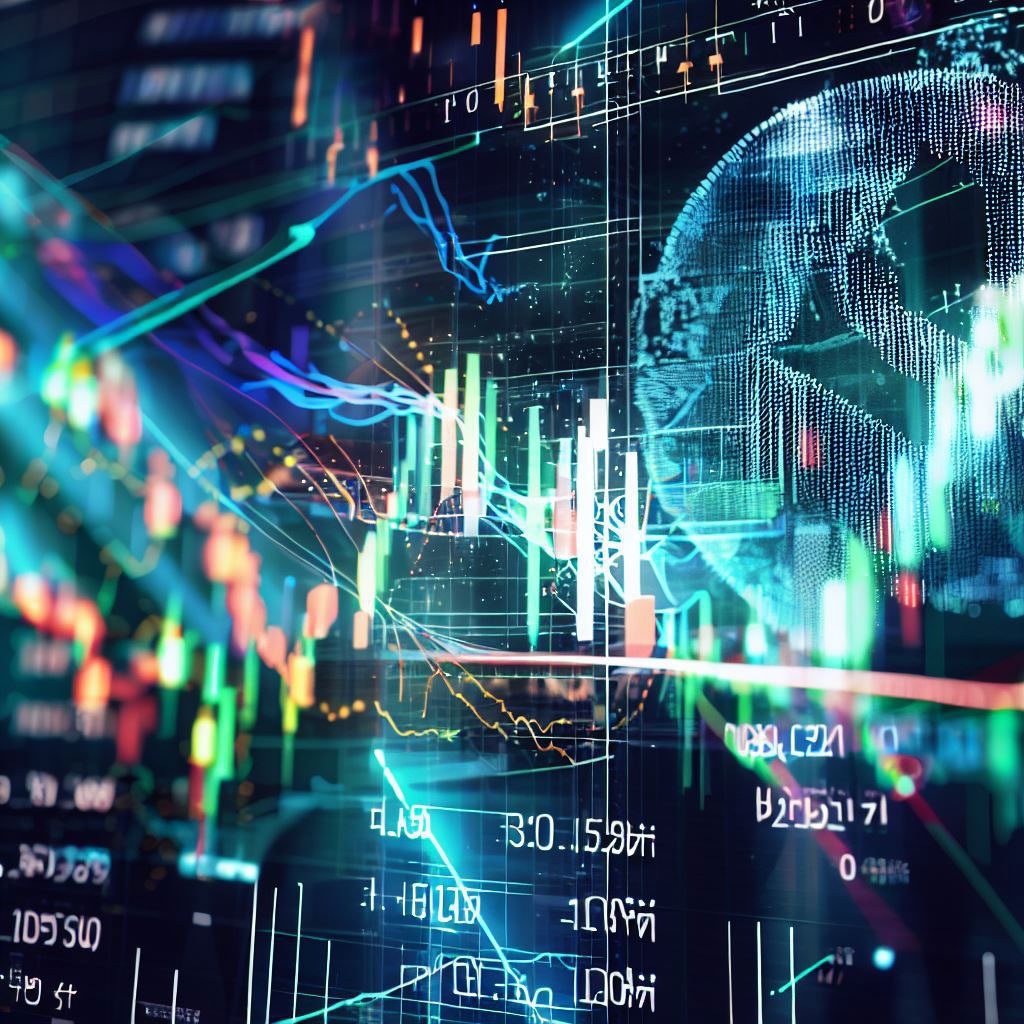In forex trading, the term “bias” refers to a trader’s subjective viewpoint or perspective about the future direction of a currency pair’s exchange rate. It reflects a trader’s expectation or opinion regarding whether a currency pair will appreciate (increase in value) or depreciate (decrease in value) in the near future. Forex traders develop biases based on various types of analysis, information, and factors that they consider when making trading decisions. These biases can broadly be categorized into two types:
- Bullish Bias: A bullish bias, also known as a long bias, occurs when a trader anticipates that a currency pair’s value will increase. In this case, the trader expects that the base currency will strengthen compared to the quote currency. Traders with a bullish bias often look for buying opportunities or long positions.
- Bearish Bias: A bearish bias, also known as a short bias, occurs when a trader anticipates that a currency pair’s value will decrease. Here, the trader expects that the base currency will weaken compared to the quote currency. Traders with a bearish bias typically seek selling opportunities or short positions.
It’s important to note that a trader’s bias can be influenced by various factors, including:
- Fundamental Analysis: Economic indicators, central bank policies, geopolitical events, and other macroeconomic factors can shape a trader’s bias. For example, positive economic data might lead to a bullish bias on a currency.
- Technical Analysis: Traders often use charts, patterns, and technical indicators to form their bias. For instance, a trader using technical analysis might identify a bearish bias based on a currency pair’s chart pattern showing a potential trend reversal.
- Sentiment Analysis: Market sentiment, including news, rumors, and general market consensus, can also influence a trader’s bias. A negative news event, for instance, might lead to a bearish bias.
- Risk Management: A trader’s overall risk tolerance and their approach to managing risk can impact their bias. A trader with a low risk tolerance might be more inclined to have a conservative, risk-averse bias.
It’s worth emphasizing that a trader’s bias is not a guaranteed prediction but rather a subjective view. Forex markets are highly volatile and unpredictable, making it essential for traders to combine their biases with proper risk management and trading strategies. Traders should continuously reassess and adjust their biases as market conditions change.

